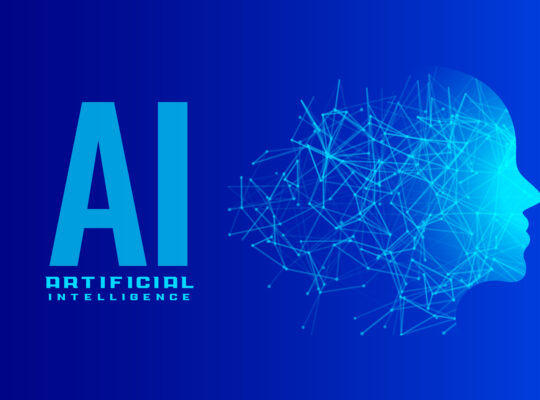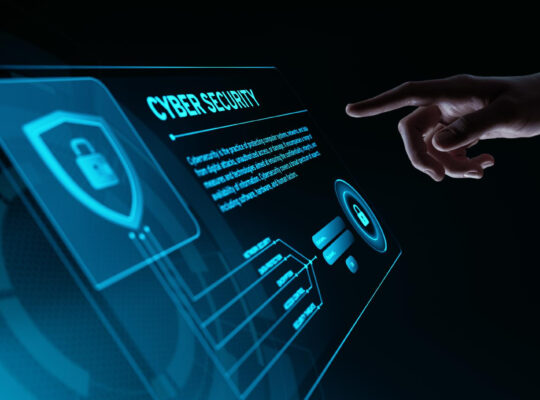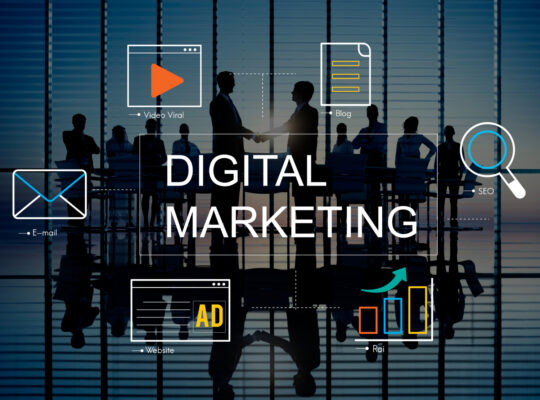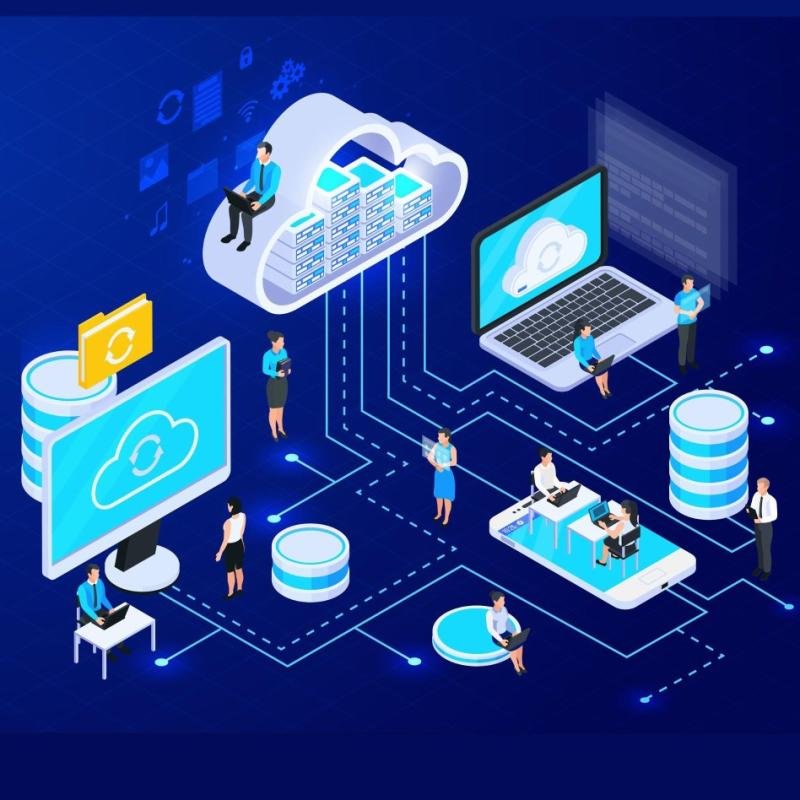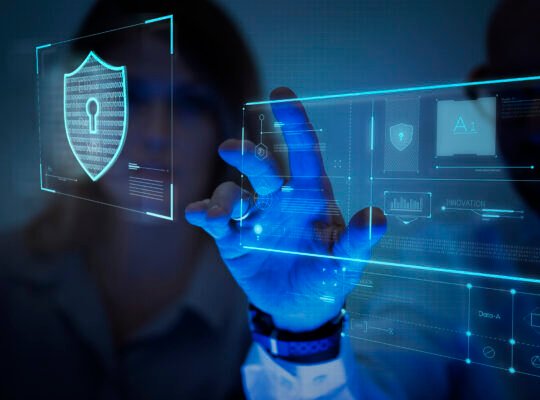IT systems exist integral to efficiently running any enterprise in our digital age. As enterprises expand, the need for effective IT management escalates. Remote Infrastructure Management (RIM) helps companies manage their IT systems from a distance. This not only increases efficiency but also saves costs and minimizes downtime. Many businesses use RIM to stay competitive. They often choose a reliable provider to manage their computer networks.
What is Remote Infrastructure Management?
Remote Infrastructure Management (RIM) means managing IT systems from afar. This includes monitoring servers, networks, and devices. Companies without an IT team find RIM helpful. It lets external experts manage their IT so the company can focus on its main goals and ensure everything runs smoothly. This allows businesses to concentrate on their core objectives while ensuring the smooth operation of IT.
Key Components of Remote Infrastructure Management
RIM, or Remote Infrastructure Management, optimizes IT performance. A crucial component is network management services, which safeguard seamless business operations by meticulously maintaining and enhancing network functionality. Consequently, unwavering connectivity with minimal disruptions becomes indispensable for sustained business continuity.
The other important part is server management. That is where data and processes that are important in the business are secured and kept running. RIM services are as follows:
1. Network Management Services
For the uninterrupted running of business operations, a strong and well-managed network is necessary. RIM will allow organizations to keep an eye on network performance, prevent outages, and ensure uninterrupted connectivity. Some key service offerings:
- Network monitoring: The science of real-time tracking to detect and resolve.
- Bandwidth optimization: Ensuring that data can flow smoothly and is waiting less.
- Troubleshooting: Near-instant resolution of connectivity problems.
2. Server Management
Servers store the crucial information of the business and perform the processing task. Smooth ship-and management to have consistently good performance Key Services:
- Performance monitoring: Server-health and load-distribution analysis.
- Regular maintenance: Software updates, patch management, and server optimization.
- Backup and recovery: Implementing effective data backup methods for rapid disaster recovery.
3. Database Management
RIM providers represent the presence of technology-enabled prayer and ensure the appropriate preservation of data against any sort of accidental or natural damage.
- Database monitoring: To ensure the availability of data and to avoid any mishaps.
- Optimization: Improving the efficiency of querying will increase the processing speed.
- Security management: We need to encrypt the data and implement access control to provide security to sensitive data.
4. Security Management
Cybersecurity threats have been an emergent threat, necessitating the highest priority to be given to security. RIM includes:
- Detecting and responding to threats: For the identification and neutralization of cyber threats.
- Firewall and antivirus management: Make sure to keep up-to-date security protocols.
- Compliance management: In every industry security norm, compliance must also be enforced.
5. End-User Device Management
To maintain productivity, it is essential to be able to manage company devices, such as laptops, desktops, and mobile devices. Recommended are services like:
- Remote troubleshooting: Resolving user problems without the need for an onsite visit.
- Patch and update management: Ensuring timely updates and patches for security and performance considerations.
- Access control: Preventing unauthorized access to avert security breaches.
Benefits of Remote Infrastructure Management
Cost Savings
- Another reason is actual cuts in operation expenses by in-house teams and attached costs for maintaining infrastructure. The implementation of remote monitoring will foreground these benefits and reduce the need for onsite intervention while improving availability.
24/7 Monitoring and Support
- Continuous monitoring of IT systems helps detect issues in time and act swiftly upon them. As a result, businesses benefit from being able to carry out proactive maintenance, thus reducing downtime and ensuring business continuity.
Enhanced Security Measures
- Cybersecurity risks are huge for businesses and organizations. Multi-layered safety measures, real-time threat monitoring, and periodic security audits are incorporated into RIM services to avert possible breaches of data security.
Scalability and Flexibility
- Mature IT Infrastructure would be an intern to a business organization that grows its infrastructure in scale with its development. Scalable IT solutions make a business smooth, one that can segregate many operations, much less in day-to-day maintenance.
Improved Efficiency and Performance
- IT management is all optimized, making smooth the flow of work with associated activities for a business. Real-time analytics can help in better-informed decision-making on the systems’ performance at that moment.
Access to Expert IT Professionals
- Offers diverse IT experts, including certified individuals in network security, database management, and cloud computing services in RIM. It enables organizations to benefit from highly trained individuals without the burden of training or recruitment.
Faster Disaster Recovery
- With data loss, an operation’s entire smooth functioning can be crippled. RIM providers set up sturdy backup as well as disaster recovery to restore data quickly and get a business back to normal without delay.
Why Choose Core Technologies Services, Inc.?
Core Technologies Services, Inc. comes as a renowned provider of solutions for Remote Infrastructure Management and boasts the following:
- Proactive Monitoring – Early detection of issues and prevention of failure in the systems.
- Ongoing Support- Round-the-clock assistance to maintain business continuity.
- Advanced Security– Protection against cyber threats and unauthorized access.
- Custom IT Solutions– Tailored services based on the needs of businesses.
- Affordable Services– It is high-performance IT management but at reduced costs.
Industries Benefiting from Remote Infrastructure Management
1. Healthcare
Healthcare organizations today require efficient and secure IT systems for managing their patient record systems, medical devices, and telemedicine platforms. RIM is all about ensuring data integrity, healthcare compliance, and legal documentation.
2. Banking and Finance
Secure networks and data protection are of utmost importance for financial institutions when carrying out transactions. RIM services introduce security measures at a high level to secure sensitive financial information.
3. Retail and E-Commerce
In retail, information technology does a lot of things: inventory controlling, payment processing, and customer care. Consequently, RIM would help create a seamless flow of operations both online and offline.
4. Manufacturing
In today’s manufacturing ecosystem, information technologies such as automation systems, supply chain management, and production tracking make manufacturers more competitive. RIM increases your uptime and automates your efficiencies.
5. IT and Software Companies
Software development, cloud services, and customer support all require a robust IT infrastructure in the tech industry. RIM enables the seamless performance and security of this IT infrastructure.
Conclusion
Remote Infrastructure Management (RIM) is vital for the security and high performance of IT environments. The increasing demands of IT upon businesses put the need for a partnership with Core Technologies Services, Inc. to use the factors of cost-effective, scalable, and reliable IT management.
Proactive management gives way to better security, efficiency, and long-term sustainability of growth in IT infrastructure. Now, the companies can concentrate on their core objectives while the techies look into the intricate IT world for smooth working.



